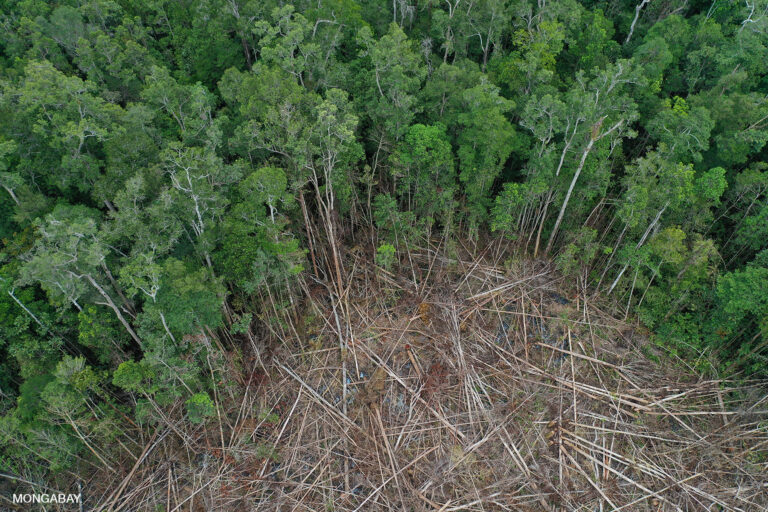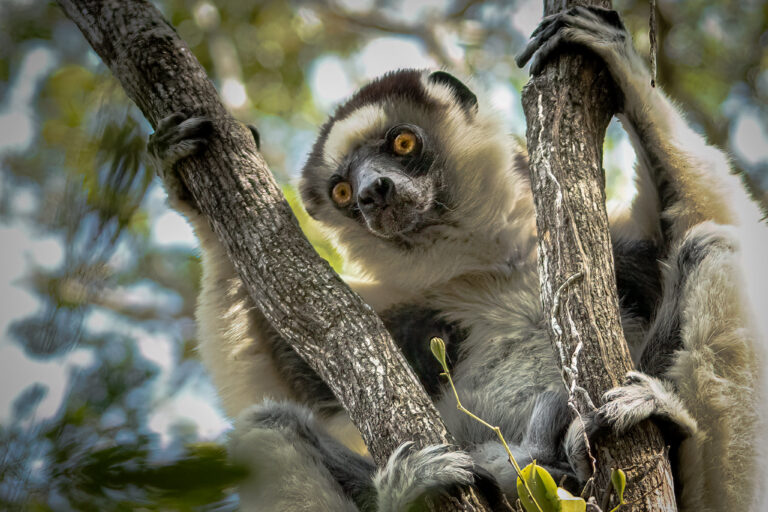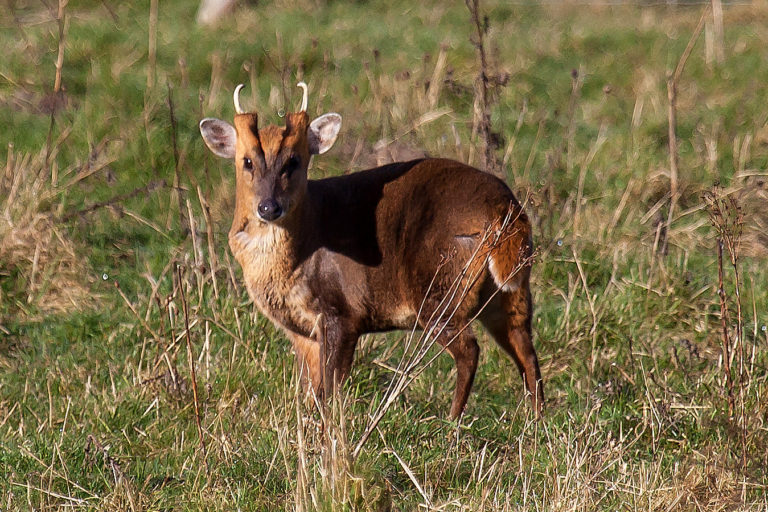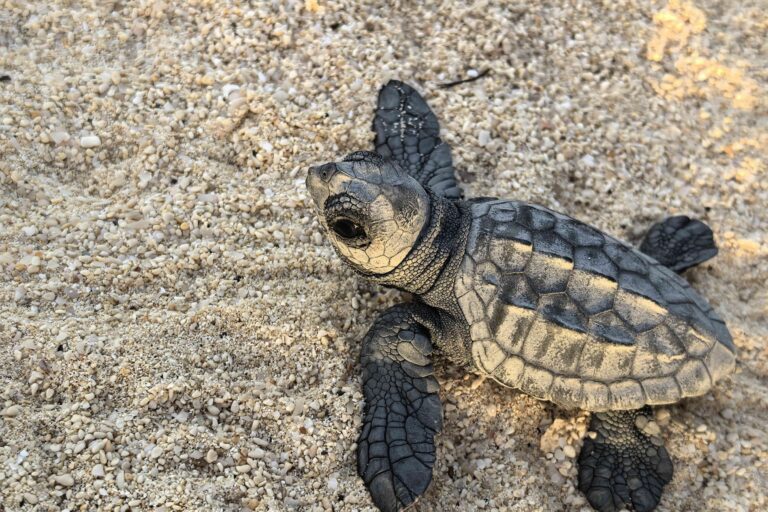Founder’s Briefs: An occasional series where Mongabay founder Rhett Ayers Butler shares analysis, perspectives and story summaries.
They are not yet gone. But for thousands of species, the Earth is already holding its breath.
A new review published in Nature Reviews Earth & Environment confirms what conservationists have long suspected: more than 10,000 species now sit on the precipice, listed on the IUCN, the global wildlife conservation authority, as critically endangered (CR) — the final designation before vanishing from the wild entirely. Nearly 1,600 of these are believed to have fewer than 50 mature individuals remaining, reports Mongabay’s Liz Kimbrough.
“It is surprising,” said study co-author Rikki Gumbs of the Zoological Society of London (ZSL), “that more than 1,500 species … are estimated to have fewer than 50 mature individuals remaining in the wild, a large number of those plants.”
They span continents and taxonomic kingdoms: trees whose names may never again be spoken in their native tongues, obscure frogs whose calls now echo unanswered, orchids whose final bloom may have come and gone unnoticed. For some, like the vaquita porpoise (Phocoena sinus) or the Yangtze finless porpoise (Neophocaena asiaeorientalis), statistical models predict a better-than-even chance of extinction within a decade. Others may already be lost, disappeared without record, their fate sealed in silence.
There are patterns, and there are outliers. Seventy-seven percent of these species are clinging to increasingly fragmented habitats. More than 96% live in just one country. Sixteen nations, many of them island or coastal, hold the lion’s share of this burden. Madagascar alone shelters 670 species found nowhere else. Hawai‘i contributes hundreds to the U.S. tally, with some islands seeing more than half their native flora classified as critically endangered.
The causes are familiar: habitat loss, logging, pollution, invasive species (especially pigs and rats). And now warming temperatures are pushing even resilient species like the giant quiver tree (Aloidendron pillansii) past ecological thresholds.
Yet a requiem need not imply finality. Since 1993, at least 24 species have been rescued from this very category.
“The good news,” Gumbs noted, “is that it’s within our power as humans to [save them].”
We know the places. We know the tools. We lack only the will.
Eons of evolutionary heritage hang in the balance, said Gumbs: “Once we lose a species, it’s gone for good. Eons lost in the blink of an eye.”
If this is to be a requiem, let it also be a reckoning.
Read the full story by Liz Kimbrough here.
Banner image: The critically endangered lemur leaf frog (Agalychnis lemur), found in Costa Rica, Panama and Colombia. Image by Rhett A. Butler/Mongabay.














